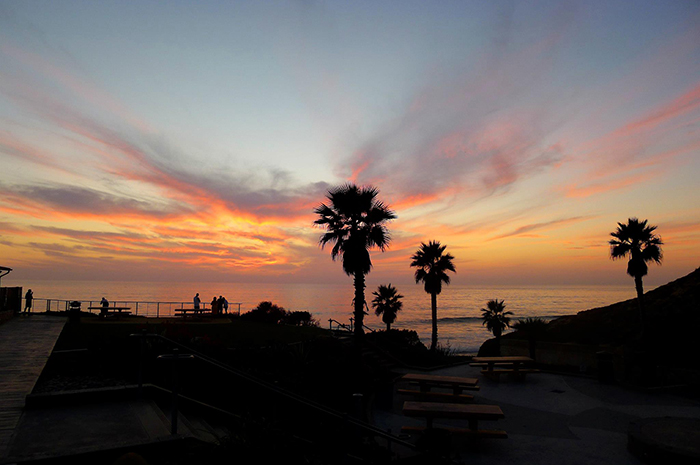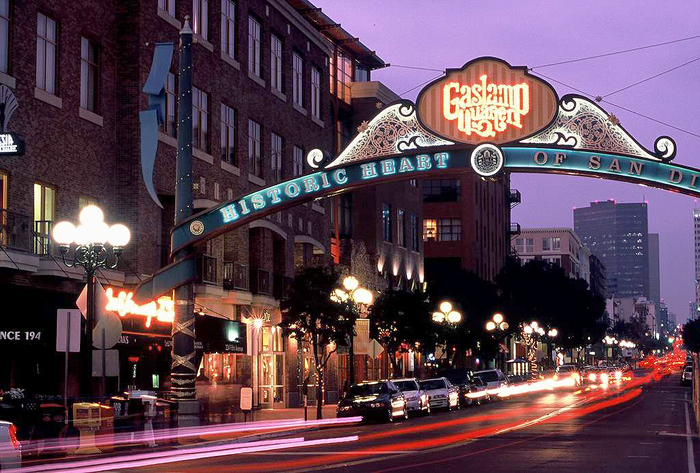Team:TPHS SanDiego
From 2013hs.igem.org
| Line 107: | Line 107: | ||
We have all been brought together by a mutual interest for synthetic biology. It fascinates us how easily organisms can be tweaked and altered to our liking in this expansive field, so we thought it’d be best get started early. Through reading, lectures, mentorship and hands on experience we opened our minds and fueled our thirst for control over these malleable organisms. We functioned well together and played each other’s strengths for maximum efficiency while simultaneously having the time of our lives. We have learned much and hope to keep putting our best efforts forward till the very end. | We have all been brought together by a mutual interest for synthetic biology. It fascinates us how easily organisms can be tweaked and altered to our liking in this expansive field, so we thought it’d be best get started early. Through reading, lectures, mentorship and hands on experience we opened our minds and fueled our thirst for control over these malleable organisms. We functioned well together and played each other’s strengths for maximum efficiency while simultaneously having the time of our lives. We have learned much and hope to keep putting our best efforts forward till the very end. | ||
</p> | </p> | ||
| + | <p style="font-family:Georgia;color:black;font-size:18px;"> <b>Attributions:</b></p> | ||
| + | <p style="font-family:Georgia;color:black;font-size:12px;"> All experiments explained here were done by the TPHS students, any previously existing plasmids and materials were supplied by Spencer Scott and the Hasty Lab at UCSD. The plate reader data acquisition was done at a lab where the high school students could not enter, but they are versed on every step of the process. The website layout was adapted from Berkeley iGEM 2011's wiki with their permission. Almost all edits were done by members of the high school team, including the home page, project page, protocols page, daily journal, and safety page. Some things such as the team photos and the parts page were done by Spencer Scott as an instructive lesson on design and Photoshop. Anything done by an advisor was done as a teaching lesson with close interaction with the students at all time. | ||
</div> | </div> | ||
Revision as of 03:45, 22 June 2013


In an effort to expand the toolkit available to synthetic biologists, we've taken a system natively responsible for transcriptional activation and modified it to control transcriptional repression. The LasR system from Pseudomonas Aeruginosa requires the presence of a small molecule, C12-3-oxo-AHL, to induce activation of the Plas promoter. By modifying the -10 and -35 sites of the promoter, as well as shifting the location of the LasR binding sites, the new Plas promoter (Plas*) was changed from an inducible to a repressible promoter. Through adding this second functionality, the Plas* promoter could be used in conjunction with a wildtype Plas promoter to control two separate genes whose expression levels are always out of sync. Furthermore, if the bacteria are transfected with a plasmid encoding LasI, the bacteria will be able to turn off gene expression at a critical population density, instead of only being able to turn on gene expression.

We have all been brought together by a mutual interest for synthetic biology. It fascinates us how easily organisms can be tweaked and altered to our liking in this expansive field, so we thought it’d be best get started early. Through reading, lectures, mentorship and hands on experience we opened our minds and fueled our thirst for control over these malleable organisms. We functioned well together and played each other’s strengths for maximum efficiency while simultaneously having the time of our lives. We have learned much and hope to keep putting our best efforts forward till the very end.
Attributions:
All experiments explained here were done by the TPHS students, any previously existing plasmids and materials were supplied by Spencer Scott and the Hasty Lab at UCSD. The plate reader data acquisition was done at a lab where the high school students could not enter, but they are versed on every step of the process. The website layout was adapted from Berkeley iGEM 2011's wiki with their permission. Almost all edits were done by members of the high school team, including the home page, project page, protocols page, daily journal, and safety page. Some things such as the team photos and the parts page were done by Spencer Scott as an instructive lesson on design and Photoshop. Anything done by an advisor was done as a teaching lesson with close interaction with the students at all time.
The Torrey Pines High School iGEM team would like to thank New England Biolabs, the UCSD Biodynamics Labratory, and Mr. Brinn Belyea.



 "
"










